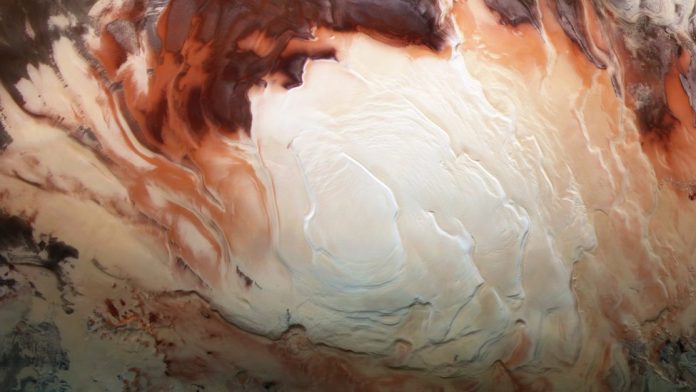Impressive traces of an underground reservoir of water have been discovered on the red planet, which could significantly change our understanding of the evolution of Mars and its potential ability to support life. Researchers have discovered a significant reservoir of water at a depth of 11.5 to 20 km below the surface of Mars, which opens up new perspectives for science.
Researchers have discovered traces of a huge underground reservoir of water on Mars. Discovery is critical in the context of living organisms. But there are also other places on the planet where there can be liquid.
Radio Télévision Suisse writes, as well as New Scientist.
NASA's InSight probe sensors have detected clear signs of a reservoir of liquid water hidden deep beneath Mars, at a depth of 11.5 to 20 kilometers.
It's the latest in a long line of potential water discoveries on the Red Planet, hinting at its temperate past.
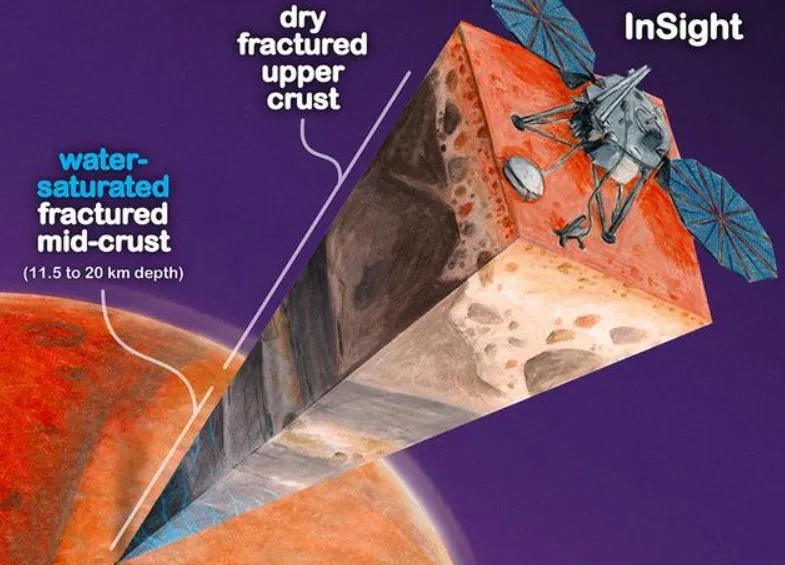
Researchers note that this is the largest reserve of underground water ever discovered on this planet. The amount is significant - it could fill the oceans on its own surface to a depth of 1-2 kilometers.
Billions of years ago, the surface of the Red Planet was covered with oceans and rivers of liquid water. But in the last three billion years there is a desert. Most of the surface water on Mars was lost by the middle of the Hesperian period, about 3.7 to 3 billion years ago. However, some water remained below the surface.
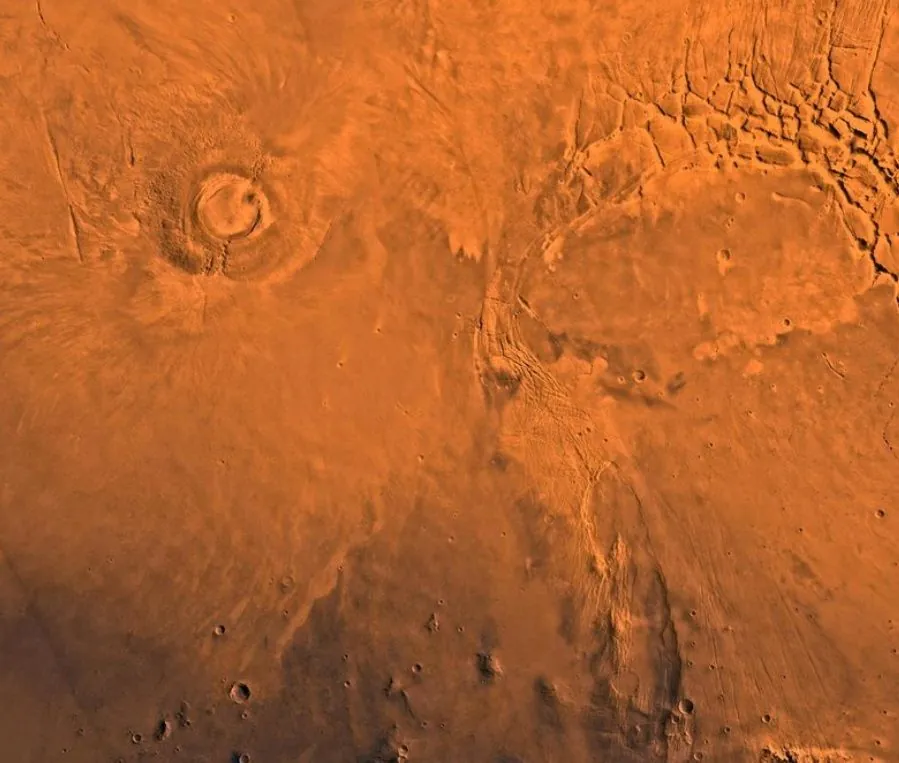
New data about water surprised scientists
Thus, Mars is still not as arid as it might seem. Each hint teases researchers because water is crucial to living organisms.
The discovery could help research the theory of how microscopic organisms could survive in water bodies.
Understanding the water cycle on Mars is important for understanding the evolution of its climate, both on the surface and in the interior
Five places on Mars where water has been found in various forms , according to New Scientist:
Buried underground
Just below the parched surface of Mars lies a wonderland of water ice. These deposits are protected by layers of dust, but erosion and falling meteorites can expose them to the prying eyes of our orbiters.
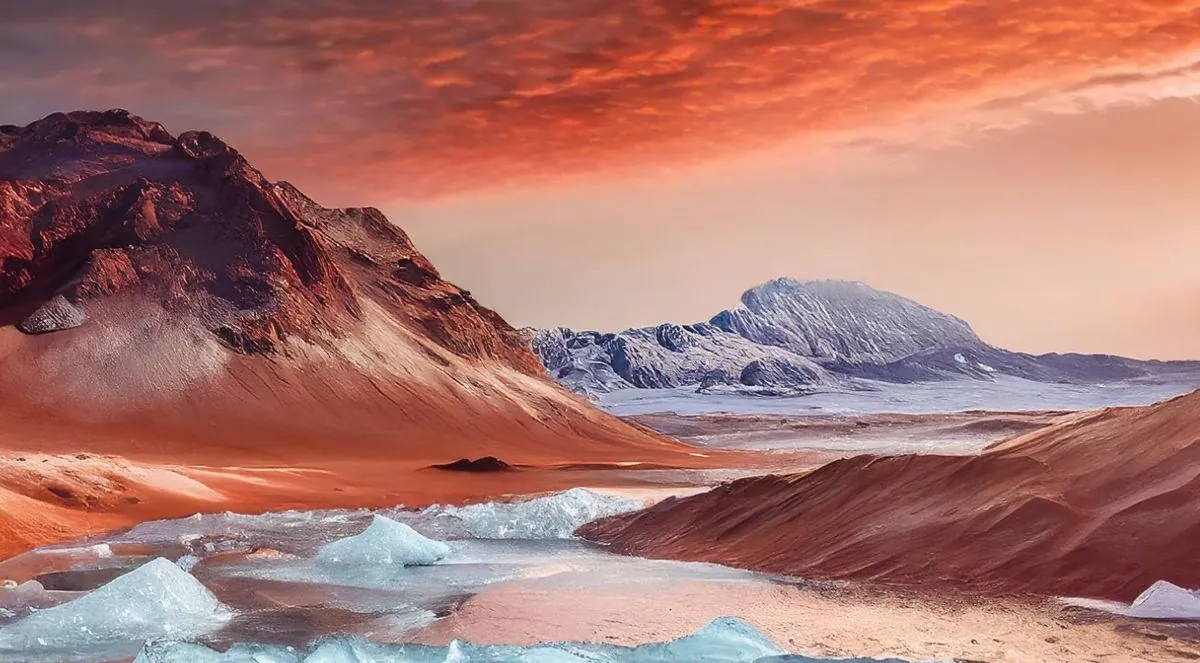
One ice deposit recently discovered using data from the Mars Express orbiter appears to contain enough water to cover the entire Martian surface in an ocean between 1.5 and 2.7 meters deep.
Frost on the pillars
The poles on Mars are covered in ice caps just like on Earth, and we've known this for decades. Many craters on Mars also have smaller ice sheets inside. These are the only places on the surface of Mars that remain cold enough to hold ice.
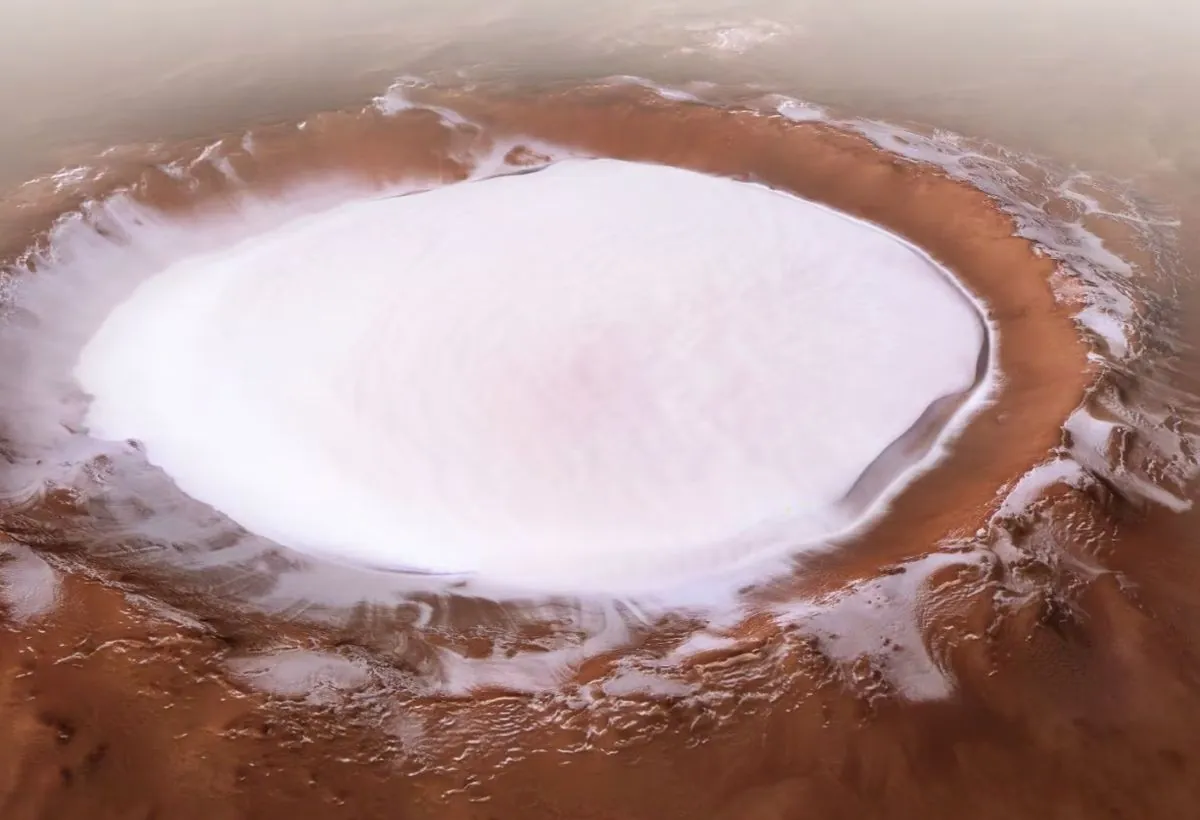
Floating in the atmosphere
Because of the bitter cold and rarefied atmosphere on Mars, any liquid water on the surface sublimates, turning directly into a gas and rising into the air. Water vapor in the atmosphere is a sign that water and ice are migrating across the planet's surface to form frost, but it is only present in trace amounts. Sometimes there is enough water vapor in one area to form several cumulus clouds, but mostly the amount is almost negligible.
Running downhill
These are slope lines, or dark streaks that occasionally appear on the sloping edges of craters. They were first discovered in 2011, and since then there has been a lively debate among researchers about how they are formed.
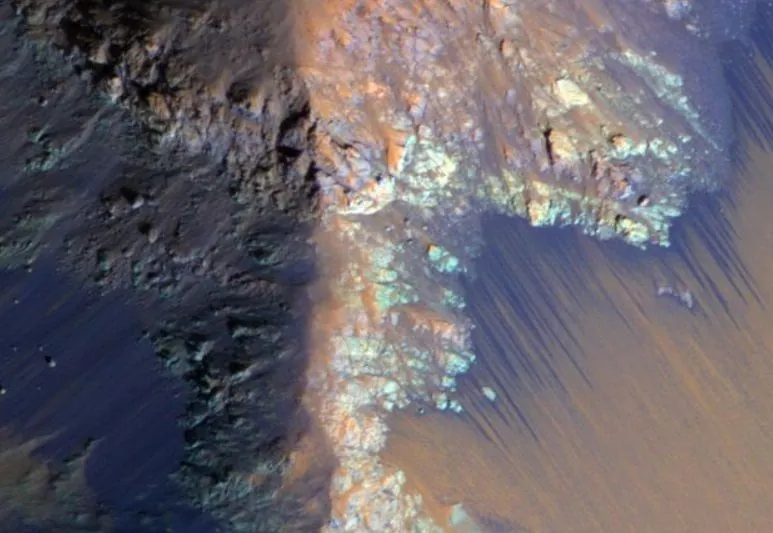
They appear mainly during the warmest times of the year, so they may be caused by melting ice that flows down and then evaporates - making them the only liquid water ever seen on the surface of Mars. However, the sign is quite controversial, as it could just be sand flows.
Trapped in the rocks
If Mars was once covered in water, and now all that's left is some ice and lots of dust and rocks, where did all the water go? One possible answer is that it was absorbed into the stones themselves.
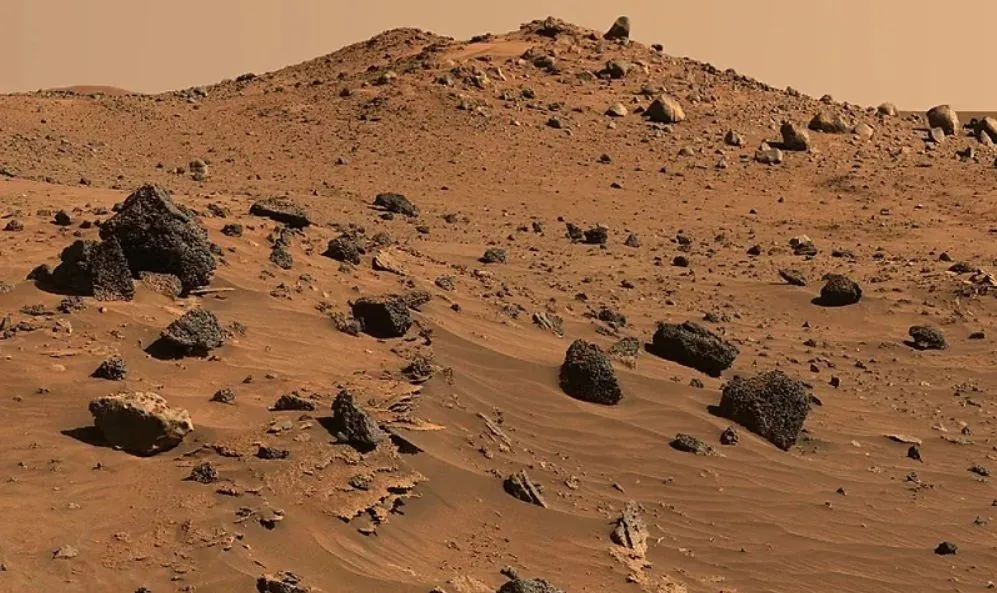
Mars rovers found many minerals with water molecules included in their chemical structure all over the planet.

